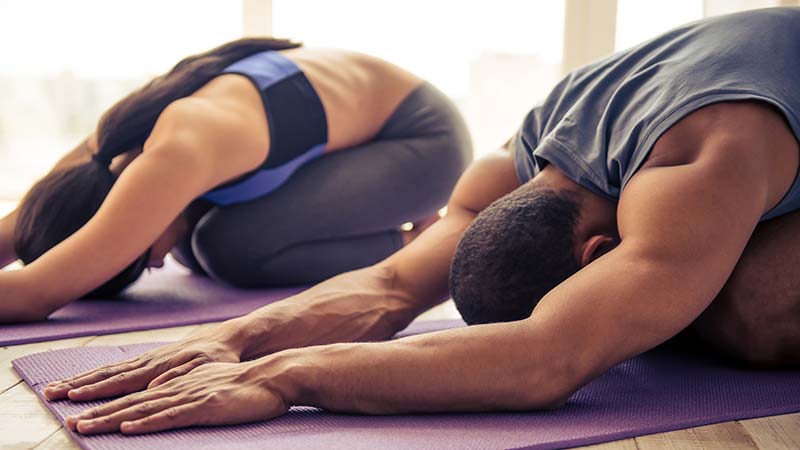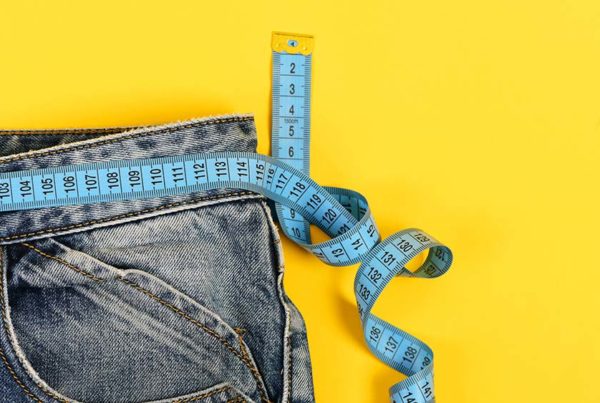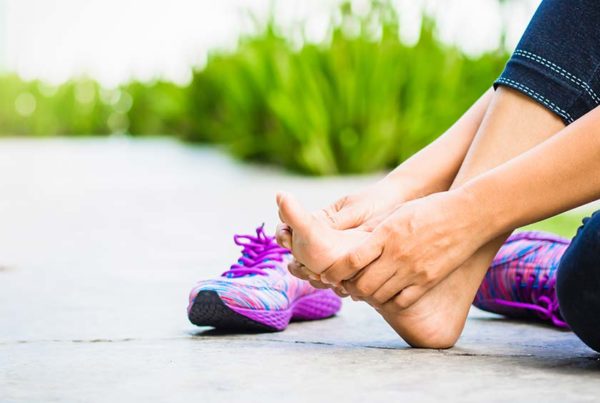
In a society that places people in neat little convenient ticky-tacky boxes, it seems today’s yoga is clearly for women.
There I was, bare feet firmly on the ground, in nature, a near perfect sun-pose, my salutations, the first of many that brings relaxation and comfort accompanied by deep breathing, and giant alpha waves generating multiple layers of mindfulness. All while drinking my morning fat-burning coffee.
I wouldn’t exactly call this yoga, though it might be closer to the true intention, which developed out of the Hindu religion. In fact much of the original terminology is still used.
Consider that various asanas, positions, are designed to greet Surya, the Hindu Sun God. I do love a good cup of coffee.
Today in the U.S. yoga enthusiasts are more than 80 percent women.
In the early 1980s, the book “Real Men Don’t Eat Quiche” along with the various sequels satirized how men should behave in modern society. While the names have changed, the social stigmas have not, remaining more entrenched than ever to significantly influence all aspects of our health and fitness.
Do real men do yoga?
There is an aura surrounding yoga. The mystical, mysteriousness, magical supernatural, of sorts. Perhaps our society views men as more pragmatic than women? Well, some are and some aren’t.
Health and fitness trends are always changing, and, unfortunately, come with large doses of hype. This makes it difficult to know the real benefits from the junk. But even the good things can come with unnecessary hype.
Knowing its potential value in health and fitness, various forms of yoga are something I have recommended over my career, to both men and women. But for those who came close to chastising themselves into discipline of almost daily yoga, but really hated it, I suggested they please stop; instead, choose another way to obtain the same benefits.
I don’t do yoga. Having tried various styles (there are more than 100 different types of yoga), I never enjoyed any of them.
Instead, I use other various physical and mental activities over my day, week, month and year to maintain very good flexibility, breathing, strength and endurance, including that meditative mood easily entered when the day gets hectic and a power break is important. In other words, I get the same important benefits of yoga, its scientific and perceived values, from other approaches, without the formality, the environment, the special clothes, or going anywhere.
Society is so stigma-based. Men are from . . . what planet was that? Women are from the other one. Of course, we all live as individuals here on earth, but there are neurological and physical, as well as social/cultural, reasons that men and women prefer and often perform better at different activities, academic subjects and careers. While yogis don’t usually outwardly shun other disciplines it would still seem society does just that.
Yoga is big business. In the U.S. alone, yogis spent $16 billion on yoga gear in 2016, with over 50,000 teachers registered with Yoga Alliance. But of the 20 million or so people who practice yoga in the U.S., only about 18 percent are men.
Ironically, yoga was developed centuries ago by men in India. It historically has been practiced primarily by men. In the last century, with the big jolt coming in the 1960s, a modern form of yoga became feminized.
Should we call this sexist, just chalk one up for women, or what? Are those men among the many women attracted to yoga looking for dates? There is certainly a social purpose in the minds of most people who exercise. Those joining a gym, for example, often list social reasons for doing so over health and fitness. Runners too, are a potent subconscious collective. Weight lifters? Yes, a powerful culture. Whose side are you on?
Sexism is alive and well in health and fitness. Consider the gender paradox, where, despite living longer women’s health lags behind men’s. In sports, where most activities were originally developed by men for their fitness abilities, sexism remains; even the media coverage is sexist by continuing the double standard between male and female athletes.
Scientific studies of yoga have linked it to various unisex benefits, from a reduction in back pain, lower heart rate and blood pressure; helping to relieve anxiety, depression and insomnia; and improved strength and flexibility. And while there is science behind the notion that we all have about the same number of heart beats before we die, the ancient yogis claimed we all have a certain number of breaths.
But many other healthy routines help us conserve our heart beats and breath too; from aerobic exercise and strength training, to physically moving throughout the day, breathing properly, and having the ability to produce alpha brain waves. But none of these benefits from any of the many healthy routines, yoga included, will be realized if we think bad thoughts, eat junk food, and sit on our butts too much between workouts.
I also wonder if maybe more men are turned off to things like chanting, Sanskrit terms for poses, cliché yoga music, and pretzel poses. Or, maybe men are too aggressive in their workout ethics to even try yoga, perhaps the reason male yogi’s are more injured than women. (Male runners are also more injured than females.)
While contemporary yoga has roots as a 60s thing, of hippies, flower power and cosmic teas, that image has been polished for social exploitation. Likewise, the connection between yoga and religion — some religious leaders still recommend against it (some may be surprised that running is not a religion either).








